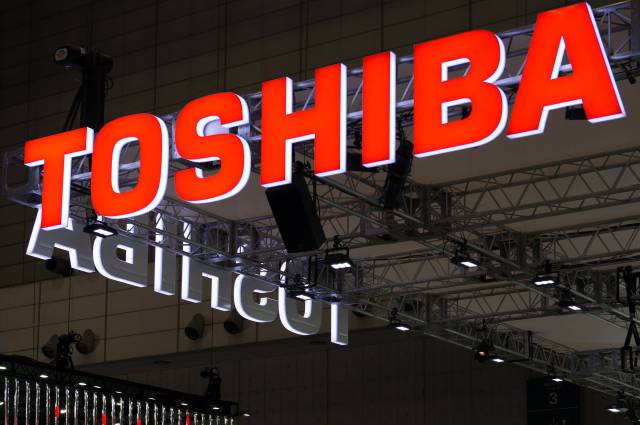Toshiba turns to study Western Digital program or intends to pressure Japan, the United States and South Korea
[Global Technology Reporter Wang Huan] According to a report by the Japanese Kyodo News Agency on July 6, regarding Toshiba’s sale of the semiconductor subsidiary “Toshiba Memory†(Tokyo), Toshiba turned to formal research, including the proposal of the Western Digital Corporation (WD). Alternatives such as the acquisition plan. This is because the South Korean semiconductor giant SK Hynix in the "Japan-US-South Korea Commonwealth", which is being negotiated first, has overturned its initial plan and asked for the right to vote, resulting in the signing of a contraction.

Data map
The interrogation of Western Digital to file a lawsuit to the US court to stop the sale will take place on the 14th of the local time, and it may soon be decided on the same day. According to analysis, Toshiba’s formal study of the Western Digital program is also intended to exert pressure on SK, and the sale will usher in a crucial moment.
According to related sources, Toshiba privately persuaded Western Digital to withdraw its lawsuit. The latter said that the conditions were to initiate priority negotiations with its own acquisition camp.
In order to avoid the long-term review of the Anti-Monopoly Law, the Japan-US-Korea Consortium began to negotiate with priority in late June. The SK program that competes with Toshiba will participate in a loan form. However, SK will be able to obtain voting rights in the future and demand to subscribe for convertible corporate bonds.
The U.S., U.S., South Korea consortium also made compromises within the consortium, proposing that the proportion of voting rights held by SK should be controlled at less than 20%. However, it is still unable to dispel the concern that it is deemed to be in fact a shareholder. A cadre of the “Industrial Innovation Agencyâ€, a coordinating semi-government fund in Japan, pointed out that “If this continues, the agency will not be able to agree to a contract,†and the prospects for signing contracts are uncertain.
The plan put forward by Western Digital is to join hands with the U.S. Fund KKR, the Industrial Innovation Agency, and the Japan Policy Investment Bank to form the "Japan-US Consortium" to implement the acquisition.
"Non-burning, nicotine for users, low tar content. As the heating temperature (below 500℃) is lower than the combustion temperature of traditional cigarettes (600-900℃), the harmful components produced by tobacco high-temperature combustion pyrolysis and thermal synthesis are reduced, and the release amount of side-flow smoke and environmental smoke (second-hand smoke) is also greatly reduced."
Heating non - combustion products are electronic devices containing tobacco. When you heat them, they produce a nicotine-containing vapor that you can inhale.
They are different from traditional cigarettes and work by heating tobacco to a very low temperature. Tobacco is heated to 350 ° C in a heat-incombustible device, while traditional cigarettes burn at up to 900 ° C.
Still, the temperature at which non-combustion products are heated is high enough to vaporize and inhale harmful chemicals.
Although both are electronic devices, heated non-combustible products are also different from e-cigarettes or steam devices. These usually use chemical liquids and do not necessarily contain nicotine. E-cigarettes tend to heat liquids to around 250 degrees Celsius to produce vapor.
Hnb Device Oem,Hnb Device Patent,Hnb Device,Hnb Device For Sale
Shenzhen MASON VAP Technology Co., Ltd. , https://www.masonvap.com